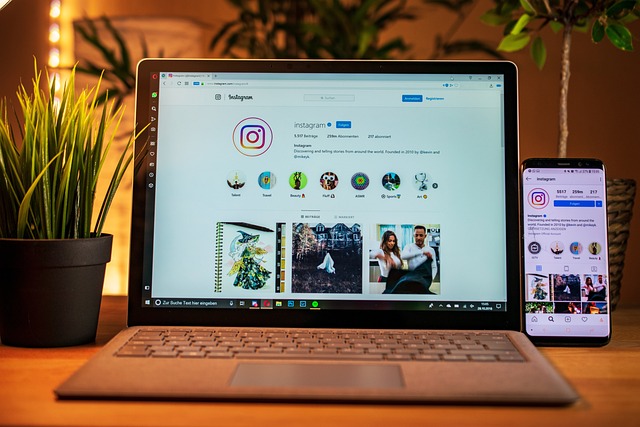Mastering Your Video Recording Deadline: Expert Tips for Perfect Audio in Your Home Cinema Room
When it comes to video recording, the clock is always ticking. Meeting your deadline is crucial, especially when you’re aiming for polished, professional results in your home cinema room. However, while focusing on striking visuals, it’s easy to overlook an equally vital component: audio quality. Great visuals can’t tell a story if the sound is subpar. Therefore, let’s dig into some expert tips for achieving perfect audio that will elevate your video projects and help you meet your deadline with confidence.
The foundation of excellent audio lies in your recording environment. How can you create a sound-friendly atmosphere in your home cinema room? Start by minimizing noise interference. This can be achieved by choosing recording times when external sounds are at their lowest—early mornings or late evenings often work best. Soundproofing measures, such as thick curtains, carpets, and acoustic panels, can also help absorb unwanted echo and room noise, providing a more controlled audio environment.
Next, the choice of equipment plays a hefty role. Whether you’re using a DSLR, a camcorder, or a smartphone, integrating an external microphone can significantly enhance sound quality. Invest in a quality microphone that suits your needs, whether it’s a shotgun mic for directional sound capture or a lavalier mic for interviews. Remember, your video may look great, but inconsistent audio quality can frustrate your audience and land you with a missed deadline due to endless retakes.
When recording dialogue, positioning is key. Encourage your talent to maintain a consistent distance from the microphone during takes. Practice makes perfect, and doing a few sound checks can save you time when you’re racing against the clock. Use headphones while recording to monitor audio levels and ensure clarity in every take. This way, you won’t have to scramble to fix audio errors later, which can easily jeopardize your deadline.
In post-production, don’t underestimate the power of editing software. Invest time in learning the basics of audio editing, such as leveling sound, reducing noise, and integrating background effects. Using digital audio workstations (DAWs) like Audacity or Adobe Audition can help polish rough audio tracks and make them sound vibrant and professional before your final cut. With a few well-placed sound effects or a subtle background score, you can transform your home cinema video’s overall feel and ambiance, making it more captivating for viewers.
Lastly, during your recording sessions, keep your entire team in sync. Effective communication is vital when you’re rushing to meet a deadline. Make sure everyone on set understands their role, especially regarding audio. Assign someone to monitor levels, adjust settings, and handle other sound-related tasks. This collaborative effort ensures that sound quality remains a priority amid the hustle and bustle of capturing video content.
In summary, excelling in video recording with great audio in your home cinema involves meticulous planning, the right equipment, and effective teamwork. By honing your audio skills, you’re not just creating better video content; you’re fostering a successful creative environment that meets and exceeds your deadline expectations.




